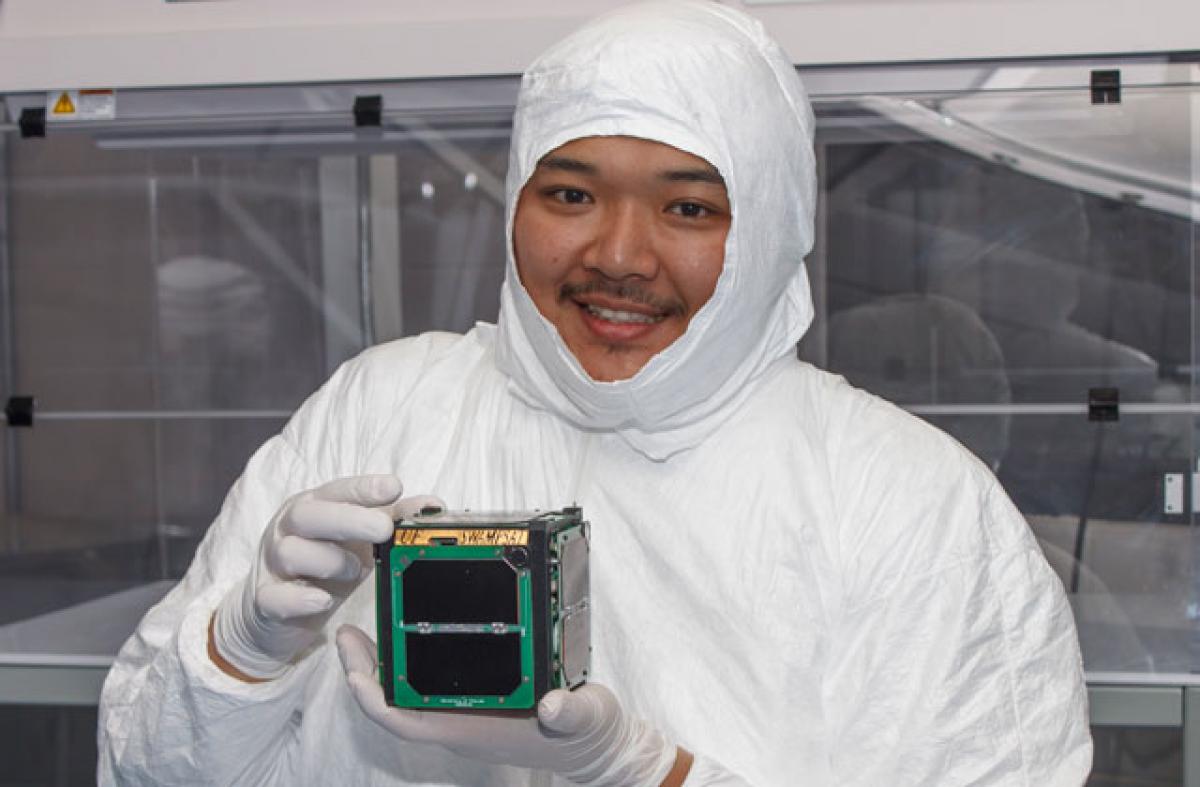Live
- TSRTC to reduce bus operations between 12 pm and 4 pm
- Ram Navami 2024 Wishes & Quotes: Happy Sri Rama Navami 2024: Top 20 Wishes, Messages, and Quotes to Share with Your Family and Friends
- Jajpur: Denied ticket, BJP leader displays show of strength
- Cyberabad cops bust five online cricket betting rackets, arrest 15, seize Rs 2.41 cr
- Bhubaneswar: Temp to rise by 4 to 6 degrees C in Odisha
- The Apollo University ties up with UK-based varsity
- Megha Engg Kickbacks Episode: NMDC, MECON babus under CBI lens
- Bhubaneswar: JB’s son, KP’s kin in Cong 2nd list for Assembly polls
- Pay property tax before April 30 and get 5% rebate
- GHMC initiates door-to-door C&D waste collection









